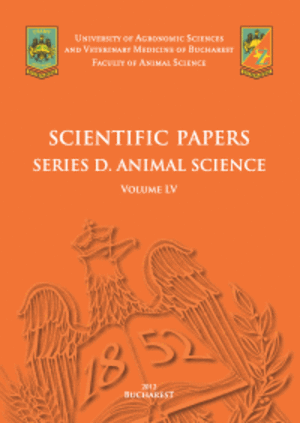Published in Scientific Papers. Series "Management, Economic Engineering in Agriculture and rural development", Vol. 25 ISSUE 1
Written by Nicolae-Tiberiu DRĂGHICI, Camelia SAVA-SAND
The present work follows the reactions of ''Salad Blue'' variety to abiotic stress factors (high temperatures and precipitation deficit in the area of the experimental fields) through the amount of anthocyanins accumulated in tubers. The experimental fields were located on the territory of Mandra in Brasov county and Rusciori in Sibiu county, both localities in Romania. The experiments took place over a period of two years, 2023 and 2024. The two years had a high climatic variability. The results show an inversely proportional relationship between the accumulation of anthocyanins in potato tubers and the abiotic stress present in the experimental plots. The highest accumulation of anthocyanins was identified in the experimental field of Rusciori locality of 2023, under less stressful conditions and the lowest amount of anthocyanins was identified in Mandra locality of 2024, where the most stressful climatic conditions were present. The compound Cyanidin-3-caffeoylsophosphorosid-5-glucoside had the highest weight in all the analyses performed regardless of environmental conditions. These results show the impact of abiotic stresses on the nutritional quality of ''Salad Blue'' potato variety and emphasize the need for increased attention to adaptive agricultural practices to mitigate the effects of climate change.
[Read full article] [Citation]

 Next Issue will be published according the the calendar.
Next Issue will be published according the the calendar.



